Did you know that there is Belgrade below Belgrade? That the famous Kalemegdan hides much more than what you see as you walk towards the Victor? That what is hidden in the underground part of the capital of Serbia can be identified with the sights of the pyramids in Egypt?
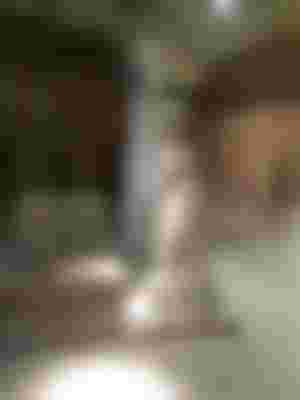
As it occupied an extremely important position throughout history (on the border between the barbarian territories and the Roman Empire), logically, the first Roman military camp in Belgrade was founded on this territory. Today, the remains of the first Roman fortifications can be seen on Kalemegdan, and the story of the Roman aqueduct is especially interesting.

The Belgrade Roman aqueduct was built during the time of the fourth Flavian legion, and connected Mali Mokri Lug with Kalemegdan and the then Roman military fortification - Kastrum. This place is the introduction to underground Belgrade.
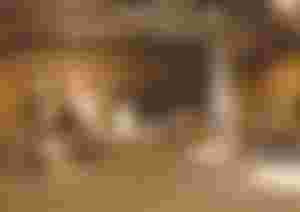
There was Constantine's aqueduct in Istanbul, built according to the same principles, so the Turks took a large number of Belgraders there during the first occupation of Belgrade with the intention of taking care of it. Today, one part of the city in Istanbul, more precisely one of its most beautiful picnic areas, is named after our citizens who lived there. It is Belgrade Ormani, ie Belgrade Forest.
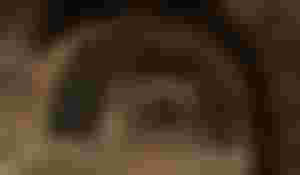
In the immediate vicinity of the famous Pobednik, there is a very important landmark of Kalemegdan - the Roman well. The name of this building was first recorded in the 19th century, on the basis of numerous folklore attributed to the Romans. However, despite the beliefs, this fact is incorrect.

The Roman well was built during the Baroque Austrian reconstruction of the fortress, and it was named in accordance with the ambitions of the Austrians to be the successors of the Holy Roman Empire. The construction was completed in 1931.
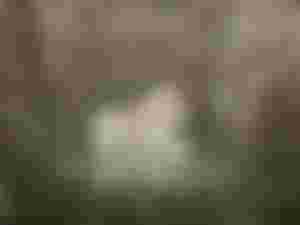
Immediately after the entrance to this building, you will come across a corridor, which leads to the central area of the building where the famous Roman well is located. The diameter of the well is 3.40 meters, while its bottom is lower than the bottom of the Sava River. The interior of the well has a series of two spiral staircases - one was intended for lowering, and the other for climbing people who caught water. To reach the water level, you need to cross exactly 212 steps. The water separates 35 meters from the soil surface, and there are 60 meters left to the bottom of the well.

Many legends are connected to the Roman well in Belgrade, and in fact few people know that it is not really a well, that is, there is no source of water at its bottom. It is actually a kind of tank that is powered by atmospheric precipitation.
What can also be said about the Roman well on Kalemegdan is that it is an inexhaustible source of inspiration for many artists. It is especially interesting that during his visit to Belgrade, the famous director Alfred Hitchcock visited him, who stated that such places are the inspiration for him and his works, and that he considers the Roman well in Belgrade a real treat.

In addition, parts of the famous domestic film "Labyrinth" were shot at this place, and the Roman well was the inspiration for numerous travelogues and stories. A very interesting story is connected to this place. In 1956, a Belgrader used this building to get rid of his mistress, and pushed her into the Roman well, and her body only emerged after ten days. In this unpleasant event, the director Dušan Makavejev found inspiration for his film "Love case or tragedy of a PTT employee".
Barutana is located below the fortress on Kalemegdan, and is buried in a rock on the slope of the Danube. Barutana is actually an artificial cave excavated in the early 18th century.

Here are the monuments of ancient Singidunum from Roman times. These are, therefore, monuments created in the period from the first to the fourth century BC. Here you will be able to see stelae, sacrophages, altars and other Roman stone monuments, and the scene you will find there will remind you of the interior of the pyramids.
The collection of sights located in Barutana is one of the oldest in our area, and is owned by the National Museum Fund and the Museum of the City of Belgrade. These important exhibits have been collected at numerous sites in Belgrade, Kosmaj and Kostolac.

The lagoons in Karađorđeva Street are artificial caves that, due to their stable temperature, were used to store food, and it is clear why they were very valuable. Today, there is a representative wine cellar on the site of the lagoon.
The unique space on the territory of Belgrade is the Roman Hall, in the interior of which are the remains of a building from the ancient era. During the reconstruction of the Library building, in the middle of the 80's of the last century, in the basement, the foundations of the ramparts and one tower of the complex of the main gate of the Roman military fortification (castrum) were found. This significant fortification in the system of defense of the Danube border of the Roman Empire was built in the 2nd or early 3rd century AD. over the confluence of the Sava and the Danube. It housed Legia IV Flavia Felix, one of the most capable of defending against barbaric attacks.
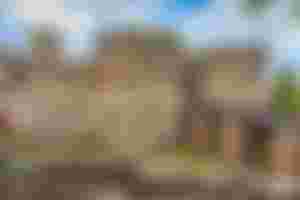
The collection of sculptures, stelae and altars are material testimonies of the former presence of the great Roman civilization, which provide an opportunity to evoke the atmosphere and spirit of an ancient era, and make the Roman Hall a specific gathering place. In this environment, the Department of Art organizes various artistic, educational and cultural programs - lectures, talks, promotions, music evenings, scientific and other forums related to the cultural life of the city.

"To the gods of the underworld
Traveler, you who walk the roads,
whoever you are, please listen:
When they were in their fifteenth year
small first beards ruined
on the cheeks of the young man's face,
it was taken by boat *
and robbed the unfortunate father of his only consolation.
He's lying here now.
He was kidnapped from his father's arms,
as a plow plucks a flower from the ground.
But the flower will bloom again in pleasant meadows.
But I can't bring you back to life dead. "
* by which the dead are transported to another world
Inscription on the Roman tombstone, III c. not.
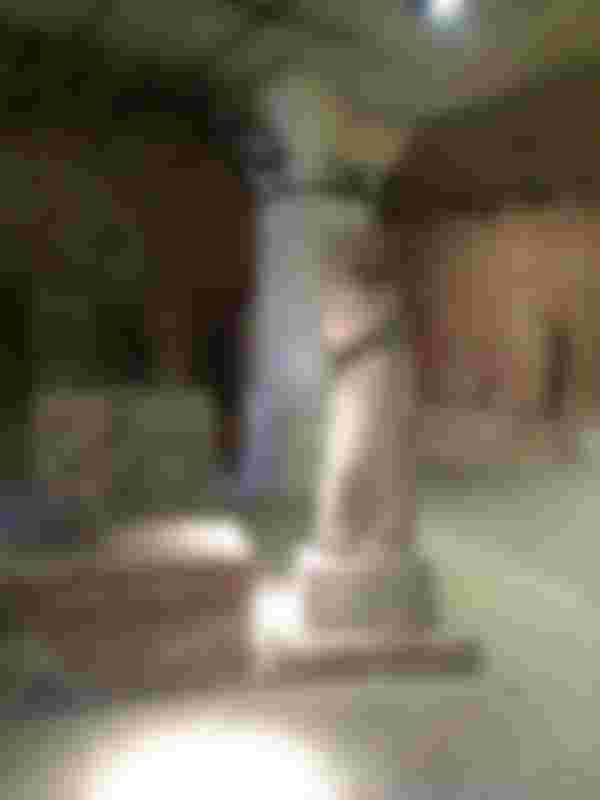
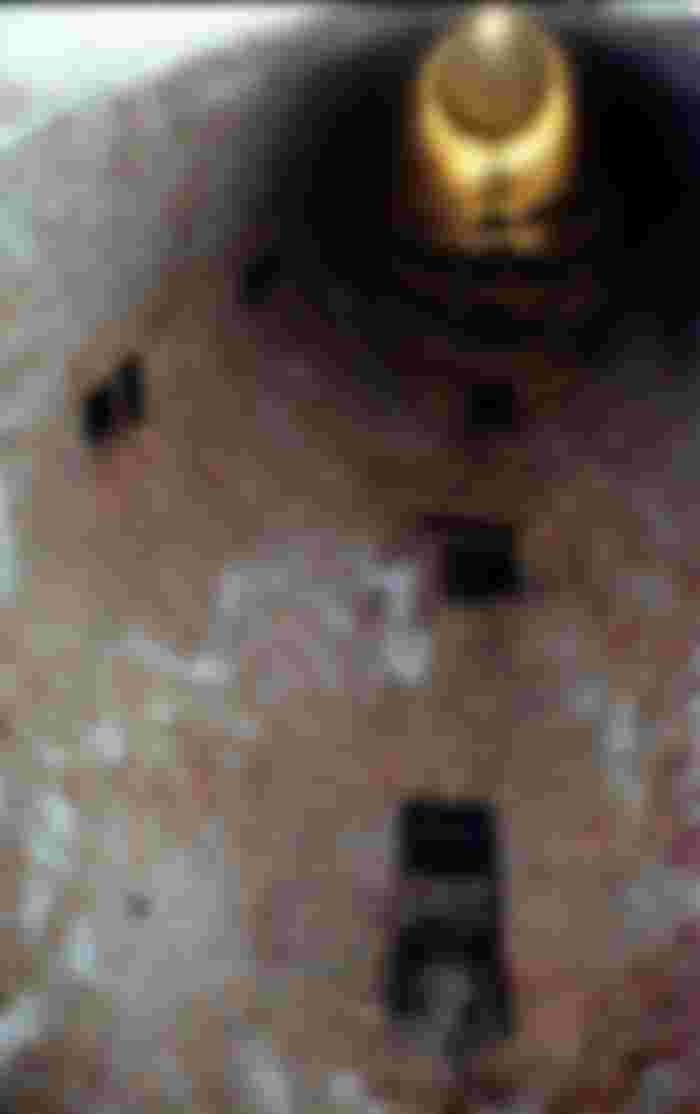
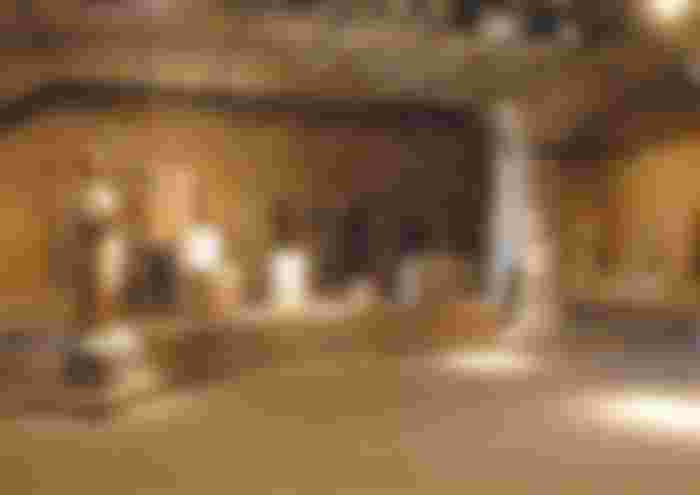
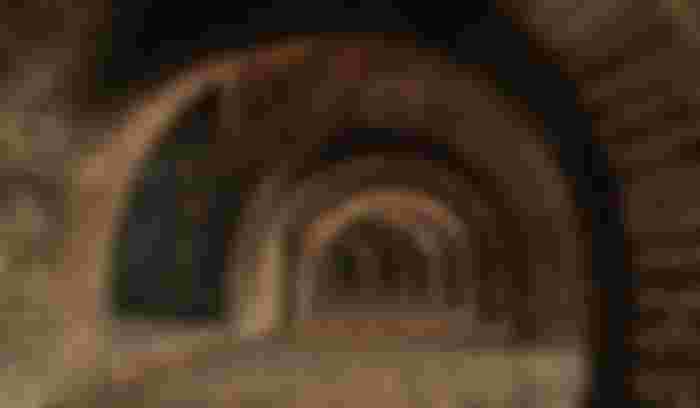

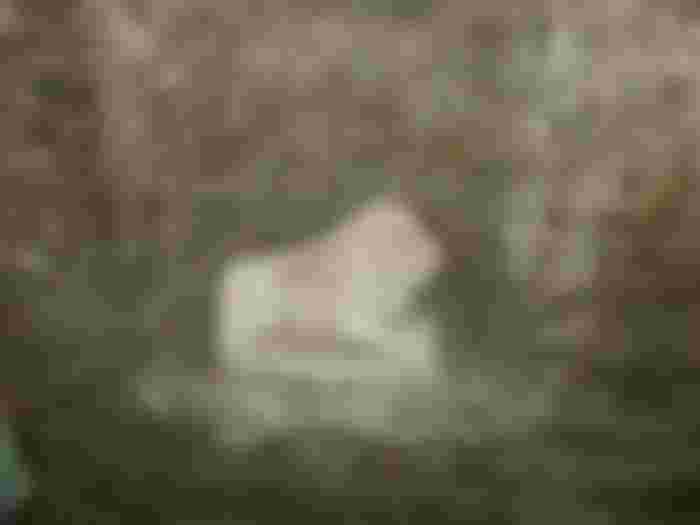
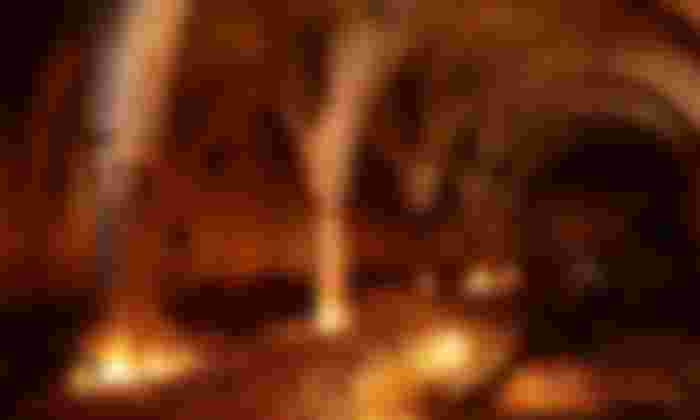


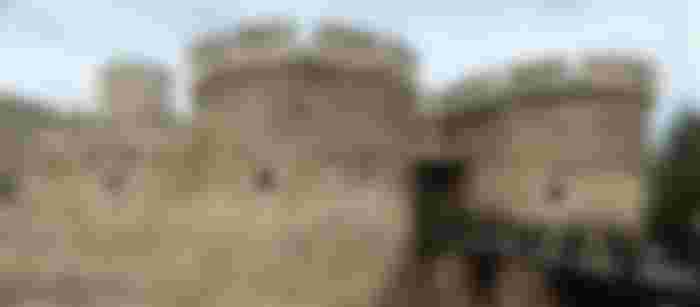


We walked right over the top when we last visited Belgrade,
too rushed for time to know more about this beauty.
Hope to have a more leisurely trip next time.